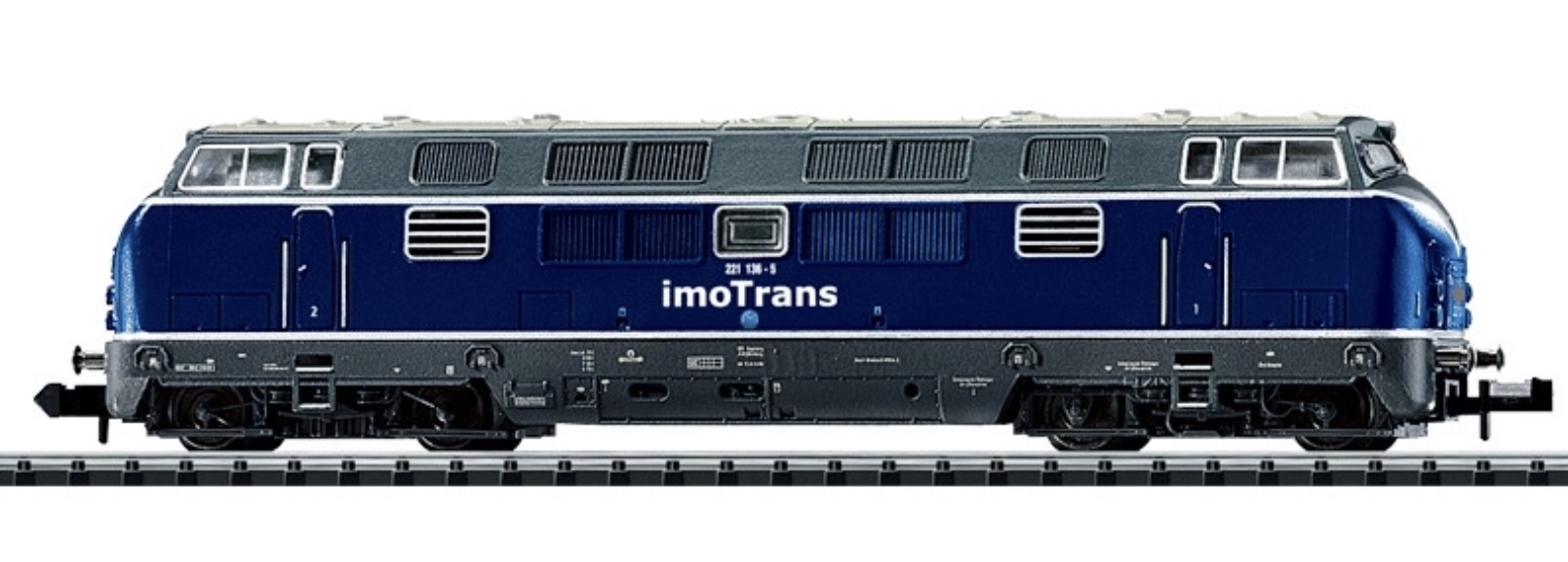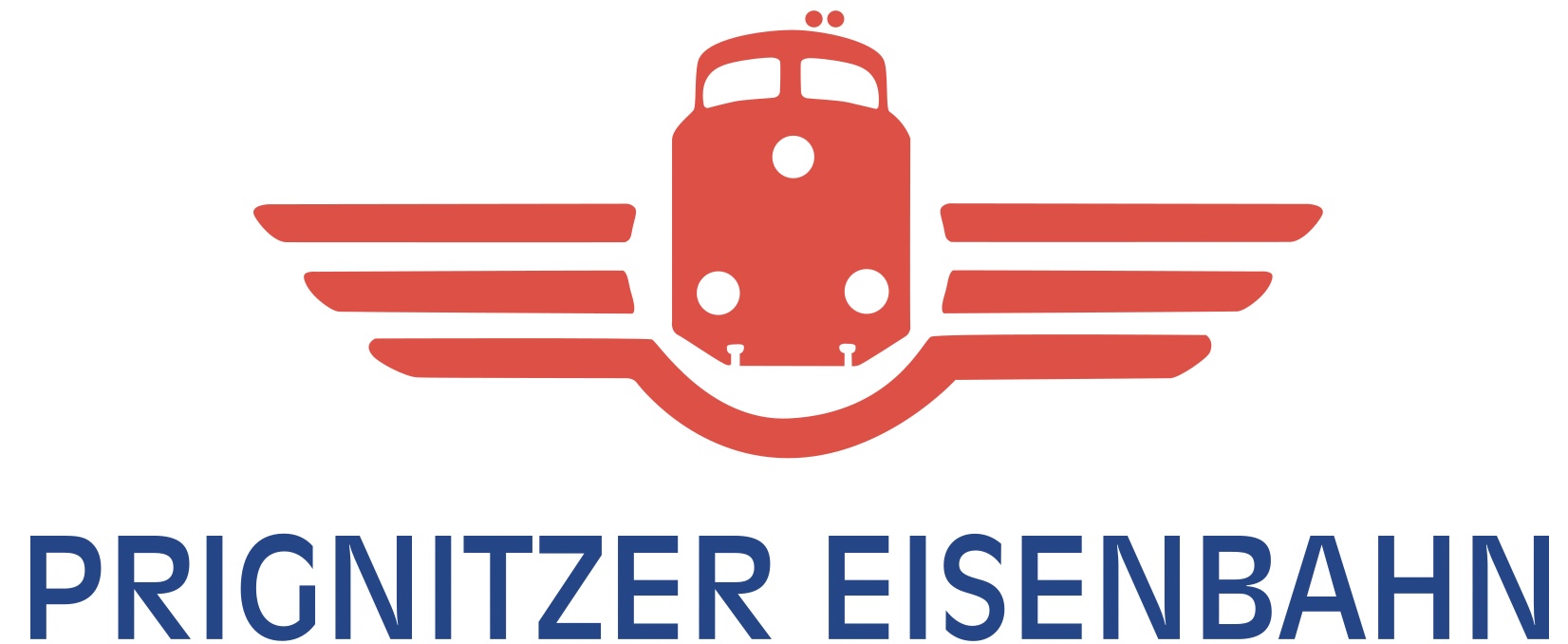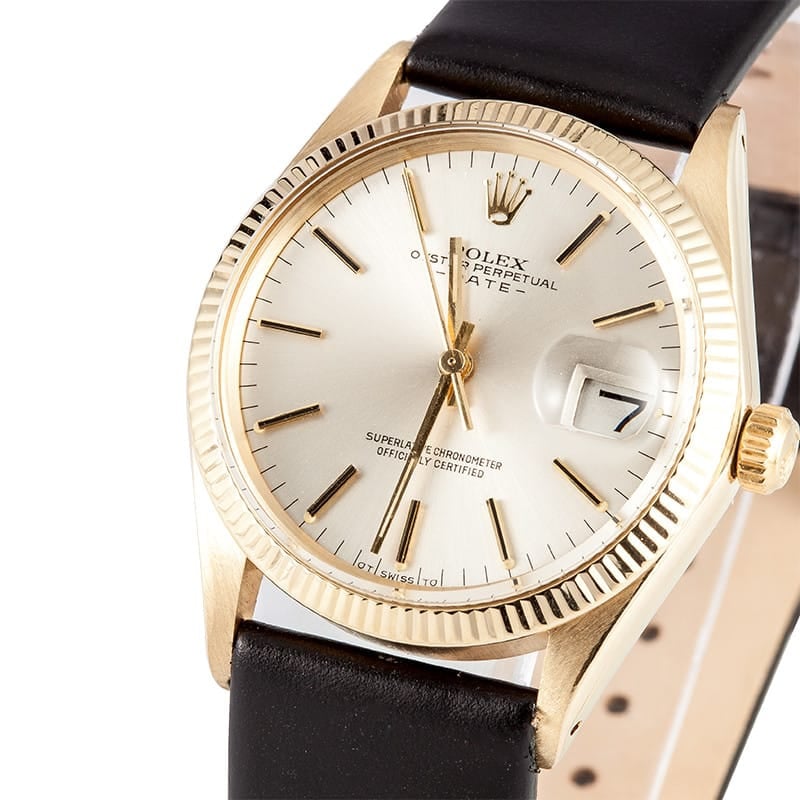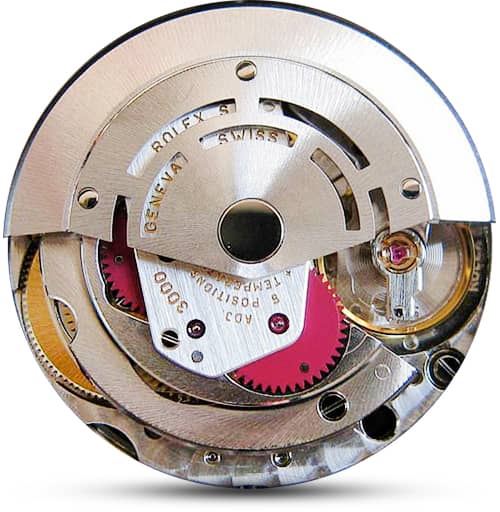Specific Item Information: Class 221 from the Prignitz Railway Group (PEG), B-B wheel arrangement, built starting in 1962 for the German Federal Railway. Use: Medium and heavy passenger and freight trains.
Road Name History: PEG is a subsidiary of NETINERA Deutschland GmbH and thus part of one of the largest private transport companies in Germany. Since 2002, PEG has held shares in Ostdeutsche Eisenbahn GmbH (ODEG), which operates local rail passenger transport in Mecklenburg-Western Pomerania, Brandenburg, Berlin, Saxony-Anhalt and Saxony. Since 2012, the PEG has been active as the keeper and lessor of the rail vehicles it has retained.
The PEG was founded in 1996 and initially took over local passenger transport services on various rail routes in the Prignitz. Later, the business activity was spatially expanded to North Rhine-Westphalia. Other business activities included the operation of railway infrastructure, freight transport, rail vehicle workshops and bus transport. In 2002, the PEG founded Ostdeutsche Eisenbahn GmbH (ODEG) together with Benex. With the termination of its own transport contracts in 2012, the PEG concentrated largely on the operational business of its holdings and the leasing of its own rail vehicles.
The PEG was founded in 1996 and initially took over local passenger transport services on various rail routes in the Prignitz. Later, the business activity was spatially expanded to North Rhine-Westphalia. Other business activities included the operation of railway infrastructure, freight transport, rail vehicle workshops and bus transport. In 2002, the PEG founded Ostdeutsche Eisenbahn GmbH (ODEG) together with Benex. With the termination of its own transport contracts in 2012, the PEG concentrated largely on the operational business of its holdings and the leasing of its own rail vehicles.
Brand/Importer Information: Trix is a German company that originally made Trix metal construction sets. one of its co-founders was Stephan Bing, the son of the pioneer toy-maker industrialist Ignaz Bing. In 1935 the company began producing the electrically powered model trains that it became famous for, under the Trix Express label. Prior to the outbreak of World War II the Trix company produced a small range of fairly unrealistic AC powered three rail models running at 14 volts.
N gauge models under the Minitrix brand were made from the late 1960s mostly of European prototypes (German and British primarily). North American prototypes were also manufactured and marketed under the Aurora "Postage Stamp" brand; later these items were sold under the American Tortoise, Model Power and Con-Cor brands. Trix sometimes utilized North American consultants to aid in the design of this portion of the product line. The "Hornby Minitrix' brand was used in the 1980s for a short lived range of British outline models using the earlier product tooling.
Trix's owner in the 1980s and 1990s was Mangold, which went bankrupt in the late 1990s and Märklin purchased the assets in January 1997. In part, this purchase was a reflection of Märklin's need for added production capacity; Trix had been manufacturing certain items for Märklin in previous years. The purchase was also in response to the earlier purchase of the Karl Arnold company by the Italian company Rivarossi; Märklin were very keen to take over Trix market share in 2-rail H0 and especially Minitrix, until then Märklin had not marketed N gauge models. In 2003, Märklin introduced its first N gauge models under the well established Minitrix brand. A number Märklin H0 scale three-rail AC locomotives have also been introduced in two-rail DC versions under the Trix logo and many models are shared between the two brands.
From Wikipedia
N gauge models under the Minitrix brand were made from the late 1960s mostly of European prototypes (German and British primarily). North American prototypes were also manufactured and marketed under the Aurora "Postage Stamp" brand; later these items were sold under the American Tortoise, Model Power and Con-Cor brands. Trix sometimes utilized North American consultants to aid in the design of this portion of the product line. The "Hornby Minitrix' brand was used in the 1980s for a short lived range of British outline models using the earlier product tooling.
Trix's owner in the 1980s and 1990s was Mangold, which went bankrupt in the late 1990s and Märklin purchased the assets in January 1997. In part, this purchase was a reflection of Märklin's need for added production capacity; Trix had been manufacturing certain items for Märklin in previous years. The purchase was also in response to the earlier purchase of the Karl Arnold company by the Italian company Rivarossi; Märklin were very keen to take over Trix market share in 2-rail H0 and especially Minitrix, until then Märklin had not marketed N gauge models. In 2003, Märklin introduced its first N gauge models under the well established Minitrix brand. A number Märklin H0 scale three-rail AC locomotives have also been introduced in two-rail DC versions under the Trix logo and many models are shared between the two brands.
From Wikipedia
Item created by: CNW400 on 2022-05-17 14:11:53. Last edited by CNW400 on 2022-05-29 12:59:08
If you see errors or missing data in this entry, please feel free to log in and edit it. Anyone with a Gmail account can log in instantly.
If you see errors or missing data in this entry, please feel free to log in and edit it. Anyone with a Gmail account can log in instantly.









